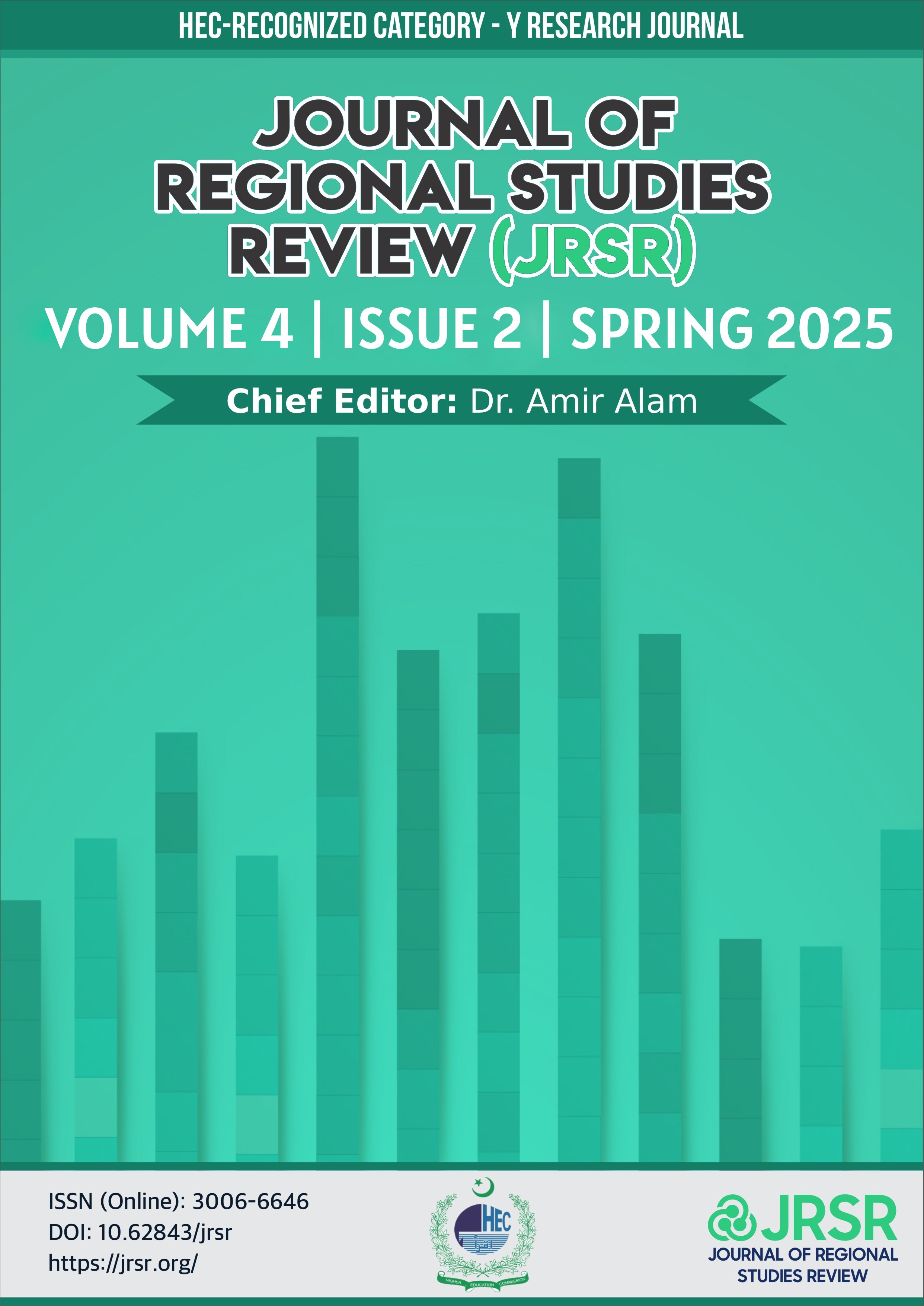Dokdo/Takeshima Korea Lingering Territorial Conflict and its Effects on East Asia
DOI:
https://doi.org/10.62843/jrsr/2025.4b108Keywords:
Korea, Territorial Conflict, East Asia, Japan, Dokdo/TakeshimaAbstract
This article Dokdo/Takeshima unsettled territorial argument between Japan and Korea which has newly create expand tensions international like Japan fragmented past few years—prolonged still disagreed with South Korea’s army job for islets. The company of union other defeat chronicle matter, South Korea/Japan matter keep power of super patriotic internationally furthermore created the argument which increased sucked into courteous grievances. Providing significance Dokdo/Takeshima mutual connection on order to Far East protection and territorial protection, also like manage the company of Democratic People Republic of Korea issue, stand crucial in order to Dokdo /Takeshima to discover helpful furthermore original measure in order to disagree deterrence furthermore resolve regarding Japan/South Korea argument. Initially the study examines the create if t South Korea/Japan argument view what reason argument keep increased importantly recently, moreover the analysis will focus sucked into the Aland Island—a special resolution of the district argument linking Soumi—Sverige, that occur resolved through United Nation in1921.Aland Island resolution contain a special union concerning disarmament neutralizations, furthermore authority concerning civilians about Island. Finally, this study examines the chance of appeal the theory Aland Island—relieving the two boundaries furthermore supremacy—as resolving South Korea/Takeshima argument. As liberal perspective, Dokdo/Takeshima through peaceful negotiation, emphasizes the cooperation between nations, highlights the challenges, Peaceful Resolution through International law and diplomacy. Liberal respect the International Law and the principle of territory integrity. While both countries have strong claims the lack of resolution has led to lasting the tensions and weaken the potential the greater cooperation in East Asia.
References
Bowman, G. (2013). Why now is the time to resolve the Dokdo/Takeshima dispute. Case W. Res. J. Int'l L., 46, 433. https://heinonline.org/hol-cgi-bin/get_pdf.cgi?handle=hein.journals/cwrint46§ion=24
Bukh, A. (2016). Korean national identity, civic activism and the Dokdo/Takeshima territorial dispute. Journal of Asian Security and International Affairs, 3(2), 183-199. https://journals.sagepub.com/doi/abs/10.1177/2347797016645459
Emmer’s, R. (2010). Japan-Korea relations and the Dokdo/Takeshima dispute: the interplay of nationalism and natural resources. https://dr.ntu.edu.sg/handle/10220/6525
Ikegami, M. (2009). Solving the Dokdo/Takeshima dispute: searching for common ground through the Al and model. The Journal of East Asian Affairs, 1-22. https://www.jstor.org/stable/23257988
Ismail, A. (2017). The Dokdo/Takeshima dispute: responses and approaches. WILAYAH: The International Journal of East Asian Studies, 6(1), 82-99. http://ojie.um.edu.my/index.php/IJEAS/article/view/18798
Kim, S. (2010). Understanding the Dokdo issue: A critical review of the liberalist approach. The Journal of East Asian Affairs, 1-27. https://www.jstor.org/stable/23258212
Van Dyke, J. M. (2007). Legal issues related to sovereignty over Dokdo and its maritime boundary. Ocean Development & International Law, 38(1-2), 157-224. https://dr.ntu.edu.sg/handle/10220/6525
Downloads
Published
Issue
Section
License

This work is licensed under a Creative Commons Attribution-NonCommercial 4.0 International License.



